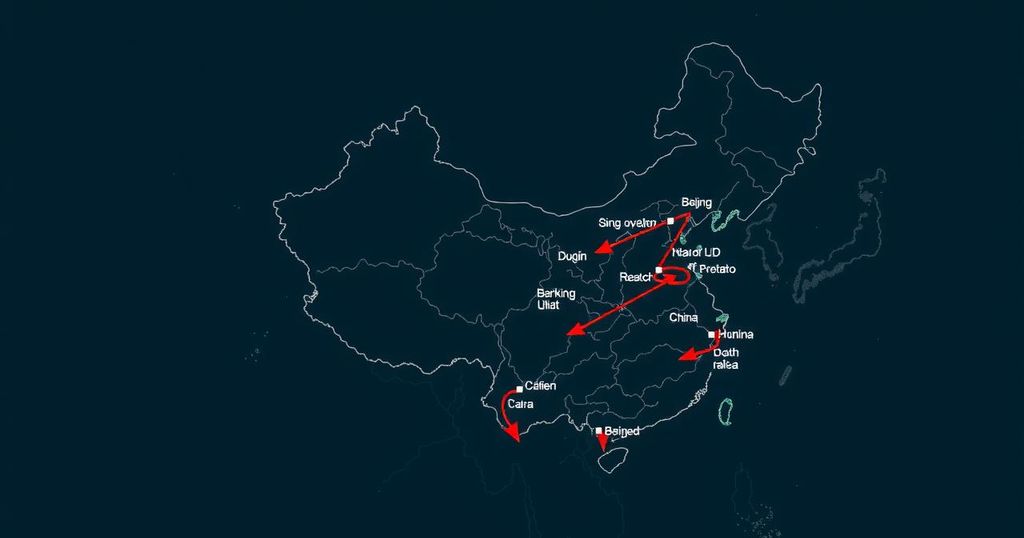Understanding Beijing’s Nine-Dash Line in the South China Sea
The Nine-Dash Line, first inscribed on official maps by Chinese cartographers approximately eighty years ago, has become a focal point of geopolitical tension in the South China Sea, a region contested by multiple nations. This issue extends beyond regional disputes, affecting global trade and international relations. In the analysis of this matter, one must recognize that the conventional notion of Beijing “claiming nearly the entire South China Sea” oversimplifies China’s intricate stance regarding the area.
Beijing’s assertions are predicated upon what it refers to as its “indisputable” sovereignty over various islands, including the Pratas, Paracel, Spratly, and Zhongsha islands. These claims are purportedly grounded in historical precedence rather than purely territorial arguments. Within the framework of Chinese maritime law, the waters extending twelve nautical miles from the baselines of these land features are considered to form part of China’s territorial sea. This legal interpretation further extends to include associated contiguous zones, exclusive economic zones, and the continental shelf.
It is essential to understand that the baselines—integral to determining maritime boundaries—are established by a state to mark territorial seas and other maritime zones, as stipulated in the United Nations Convention on the Law of the Sea (UNCLOS). The waters situated landward of these baselines are esteemed as internal waters, thus reinforcing China’s claims over them.
In summary, the Nine-Dash Line represents a complex tapestry of historical claims, legal interpretations, and territorial assertions. While it is portrayed as a broad assertion of ownership over the South China Sea, a closer examination reveals a more nuanced position where specific maritime features hold a significant role in Beijing’s claims. The implications of this dispute resonate not only within Asia but across the globe, highlighting the intricacies of international maritime law and regional geopolitics.








Post Comment